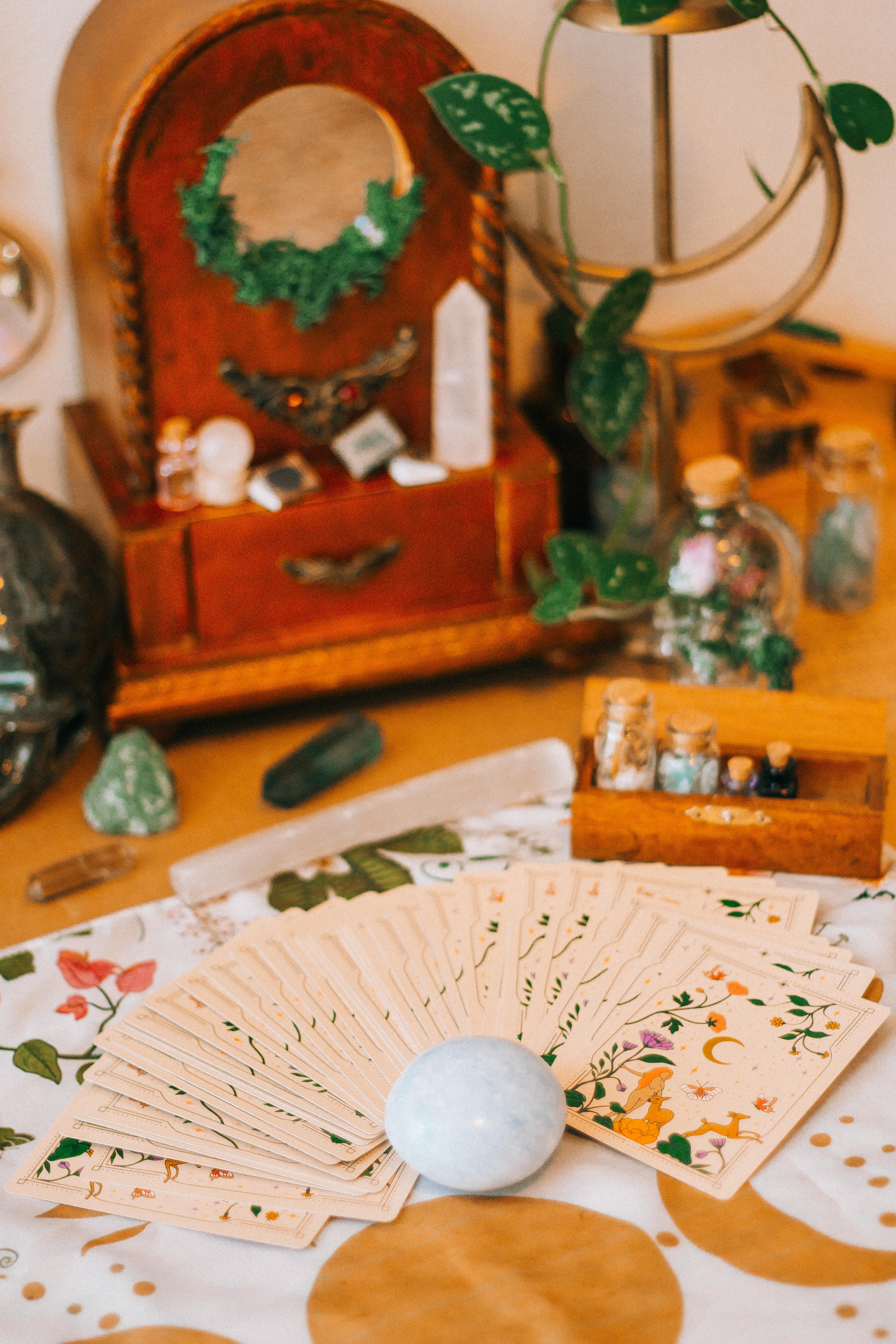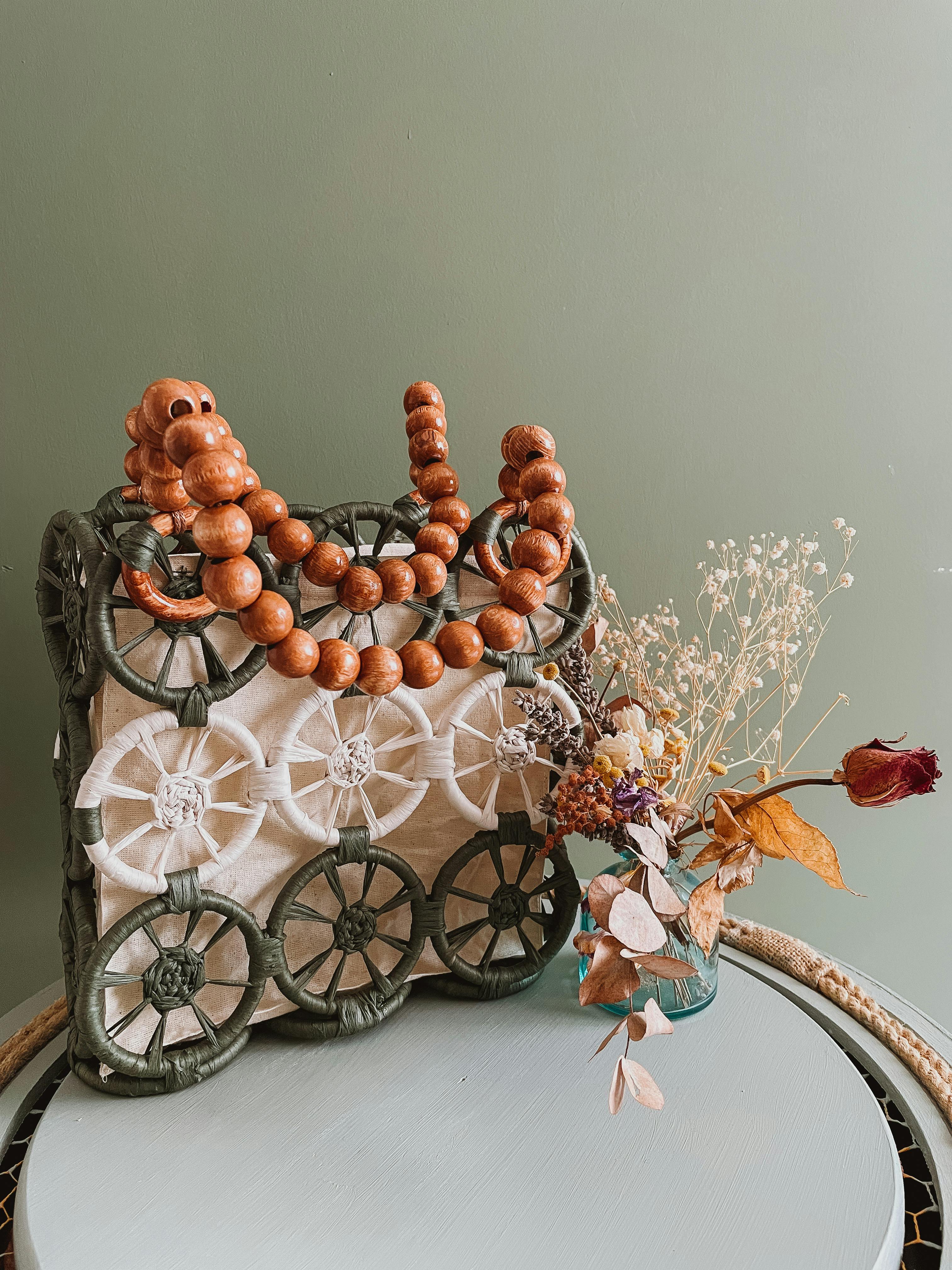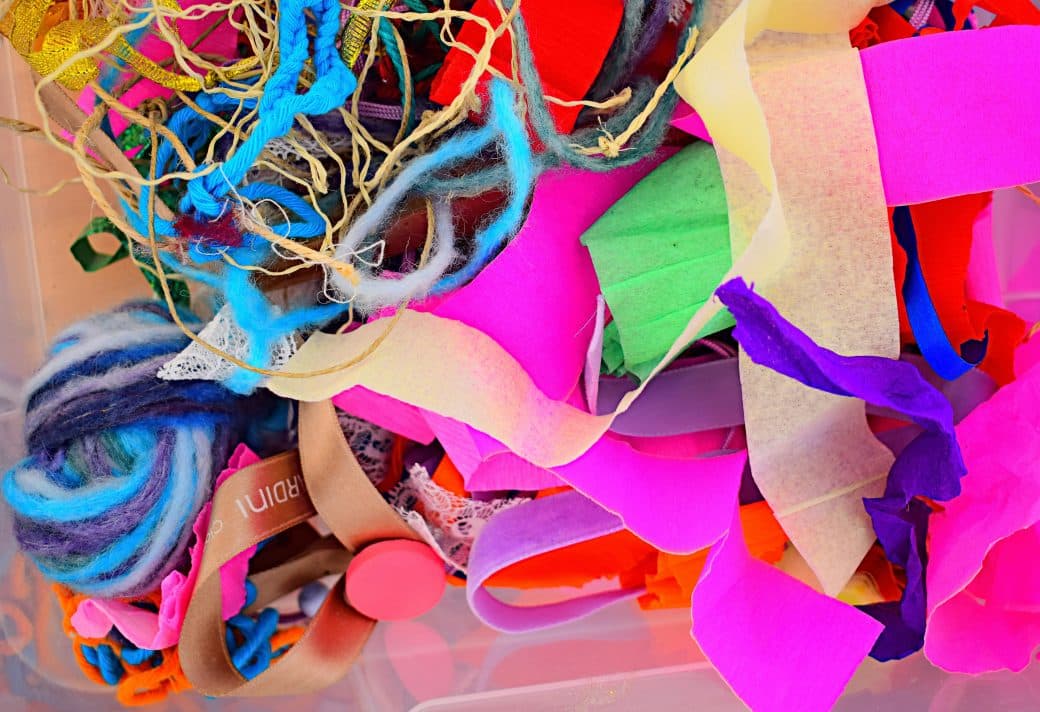Imagine unlocking the secrets to creating breathtaking beadwork that turns heads and starts conversations wherever you go. That’s exactly what I discovered when I ventured into the world of bead looming. In “Mastering Bead Looming: Your Ultimate Guide to Stunning Beadwork Creations,” I’m inviting you on an inspiring journey into the craft that transformed my hobby into a passion. From the basics of setting up your loom to advanced techniques that’ll make your projects pop, this guide is your companion every step of the way. Whether you’re a seasoned beader or picking up a loom for the first time, the promise of crafting eye-catching pieces awaits.

Understanding Bead Looming Basics
What is bead looming?
Bead looming fascinates me; it’s like painting, but with beads. Essentially, it’s a technique used to create intricate beadwork patterns by weaving beads together on a loom. Think of it as a mini loom for beads, where you can “draw” anything from simple stripes to complicated landscapes, just by how you place different colored beads. It’s like magic, watching a pattern emerge as you weave.
Different styles of bead looming
You might think bead looming is a one-style-fits-all kind of craft, but there’s quite a variety. There are traditional Native American styles, which focus on geometric patterns and symbols. Then, there’s the more contemporary style, which plays with abstract designs and a broader color palette. Both styles have their charm and complexity, making bead looming endlessly fascinating for me.
Materials needed for bead looming
To start bead looming, you don’t need much, which is great for beginners like me. Obviously, you need a loom. Additionally, you’ll need beads (obviously), thread or cord suitable for beadwork, a needle that can fit through your beads, and scissors. Sometimes, I’ll also use glue or a thread conditioner to make the threading process smoother. It’s a simple setup that promises endless creativity.
Selecting the Right Loom
Differences between types of looms
Oh, the loom choices you have! Handheld looms are portable and great for small projects. Then, there are table looms, which are sturdier and can handle larger projects. Adjustable looms let you tweak the size and tension, which is fantastic for custom projects. It took me a while to figure out which type suited my bead looming ambitions.
Choosing the right loom for your project
The decision comes down to your project’s size and complexity. I started with a simple handheld loom for my first bracelet. It was perfect to get a feel for the technique. Now, for larger projects, I use an adjustable table loom. My advice? Think about what you want to make now and what you might want to explore in the future before picking your loom.
Understanding loom size and capacity
Loom size matters because it determines the maximum width and length of your beadwork. Capacity is all about how many warp threads you can fit, which dictates how detailed your designs can be. I learned this the hard way when I started a project and realized mid-way that my loom was too small. Always plan ahead!

Introduction to Beads and Materials
Types of beads suitable for looming
Not all beads are created equal when it comes to looming. Seed beads are my go-to because of their uniform size and vast color range. Cylinder beads are another favorite, especially for patterns that require precision. They lock together neatly, creating a smooth surface. Choosing the right bead type can make or break your design.
Selecting beads for your project
Selecting beads is where the fun really begins. I look for uniformity in size and color consistency, especially for intricate patterns where discrepancies can stick out like a sore thumb. For beginners, sticking to one type and size of bead can make the process more manageable. And always, always buy more than you think you’ll need. Trust me on this.
Essential tools for bead looming
Beyond the loom and the beads, a few tools make the process easier. A good needle is essential; I prefer ones that are thin yet sturdy, and the eye must be big enough to thread but small enough to pass through the beads easily. Also, a thread snip or scissors for cutting thread, and a bead mat can help prevent your beads from rolling away. It’s simple but effective setup.
Bead Looming Techniques
Setting up your loom
Setting up the loom is the first step towards your beadwork masterpiece. You need to attach the warp threads to the loom, ensuring they’re evenly spaced and properly tensioned. Poor setup leads to uneven beadwork, a lesson I learned after a few wonky bracelets. Patience in this stage pays dividends.
Making the warp threads
Warp threads are the backbone of your beadwork, running lengthwise on the loom. The number of warp threads defines the width of your piece. I measure twice and cut once to ensure I have the correct number and that they’re evenly tensioned across the loom. Even tension is crucial for smooth, even beadwork.
Adding beads to the loom
This is where the magic happens. You pick up beads on your needle according to your pattern, and weave them in between the warp threads. Then, you bring the needle back through the beads, this time above the warp threads. The first few rows might be tricky, but once you get the hang of it, it’s incredibly satisfying to see your pattern emerge.

Creating Beautiful Patterns
Designing your own patterns
Once comfortable with the technique, I started designing my patterns. It’s a creative process that allows you to bring personal meaning to your work. I use graph paper to plan my designs, coloring in squares to represent different beads. It’s like creating pixel art, which is super fun and rewarding.
Using existing patterns for bead looming
There’s no shame in using existing patterns, especially when starting. There are tons of resources and patterns available that can help you grasp the basics and beyond. Working from patterns helped me understand color and bead placement, which was invaluable when I began designing my own.
Making multi-color designs on your bead loom
Multi-color designs can seem intimidating but think of them as just more detailed single-color patterns. The key is organization. I sort my beads by color and have them lined up ready to go. It makes the process smoother and prevents a frantic search for the right bead in the middle of your flow.
Common Mistakes and How to Avoid them
Common errors in bead looming
Mistakes happen, especially when you’re learning. Common errors include incorrect tension on the warp threads, irregular bead sizes leading to uneven patterns, and losing track in your pattern. Each mistake is a lesson that makes you a better bead loomer.
Effective troubleshooting strategies
When I encounter a mistake, my first step is to identify where it happened. Sometimes, it means undoing a section of work, which can be frustrating but necessary. Maintaining even tension and double-checking bead placement before proceeding helps avoid many issues. And always keep your work area organized.
Tips to improve your bead looming skills
Practice, practice, practice. Like any craft, the more you do it, the better you get. Start with simple projects to build your confidence and skills. Experiment with different beads and patterns. And don’t be too hard on yourself when mistakes happen; they’re just stepping stones on your path to mastery.

Advanced Bead Looming Techniques
Making three-dimensional shapes
Once you’re comfortable with flat patterns, the next challenge I took on was creating three-dimensional shapes. It involves more complex weaving techniques and can be a fun way to push your bead looming skills further.
Intricate pattern work in bead looming
Intricate patterns require patience and precision. I started with small sections of complex patterns within simpler projects to practice. It’s rewarding to see your skills grow as your work becomes more detailed and refined.
Mixing materials in your beadwork
Integrating different materials like metal findings or semi-precious stones can elevate your beadwork from craft to standout jewelry pieces. Experimenting with textures and materials has opened up new creative avenues for me in bead looming.
Finishing Techniques
Removing your beadwork from the loom
Once your beadwork is complete, carefully removing it from the loom is crucial to avoid damaging your work. I ensure all my ends are secured before gently lifting the work off the loom. It’s a delicate process but seeing your completed work free from the loom is incredibly satisfying.
Securing and finishing your beadwork
Securing the ends and weaving in any loose threads are critical for durability. Sometimes I use a dab of glue for added security, especially on pieces that will be handled often. A neat, secure finish makes all the difference in the longevity of your beadwork.
Adding clasps and other finishings to your loom beadwork
Adding clasps or other findings turns your beadwork into wearable art. I’ve learned how to incorporate these elements seamlessly into my designs, which allows for more versatility in what I can create. It’s a skill that has taken some practice but adds a professional touch to your projects.
Bead Looming Project Ideas
Fashion accessories
My bead looming journey began with making simple bracelets, but soon I was crafting earrings, necklaces, and even belts. Fashion accessories are a great way to experiment with different techniques and styles.
Home décor items
I’ve recently started exploring home décor items like coasters, wall hangings, and decorative bowls. Bead looming can add a unique, personalized touch to your home, and there’s something special about making something both beautiful and functional.
Unique bead looming gift ideas
Handmade gifts are always special, and bead looming allows you to create personalized presents for friends and family. Whether it’s a bookmark for a book lover or a custom piece of jewelry, the possibilities are endless and always appreciated.
Care and Maintenance of Bead Loom Creations
Cleaning your bead loom creations
Gentle cleaning is key to maintaining your bead loom creations. I use a soft, dry brush to remove dust and occasionally a slightly damp cloth for more stubborn dirt. It’s important to avoid harsh chemicals that could damage the beads or threading.
Storing your beadwork
Proper storage is crucial to preserving the quality of your beadwork. I keep my beadwork flat or gently rolled, away from direct sunlight, which can fade the colors over time. For jewelry, individual soft pouches prevent tangling and damage.
Maintaining the quality and lifespan of your beadwork
Regular checks for loose threads or beads can catch potential problems before they worsen. Handling your beadwork gently and storing it correctly goes a long way in maintaining its beauty and longevity. A little care ensures your bead creations can be enjoyed for years to come.



